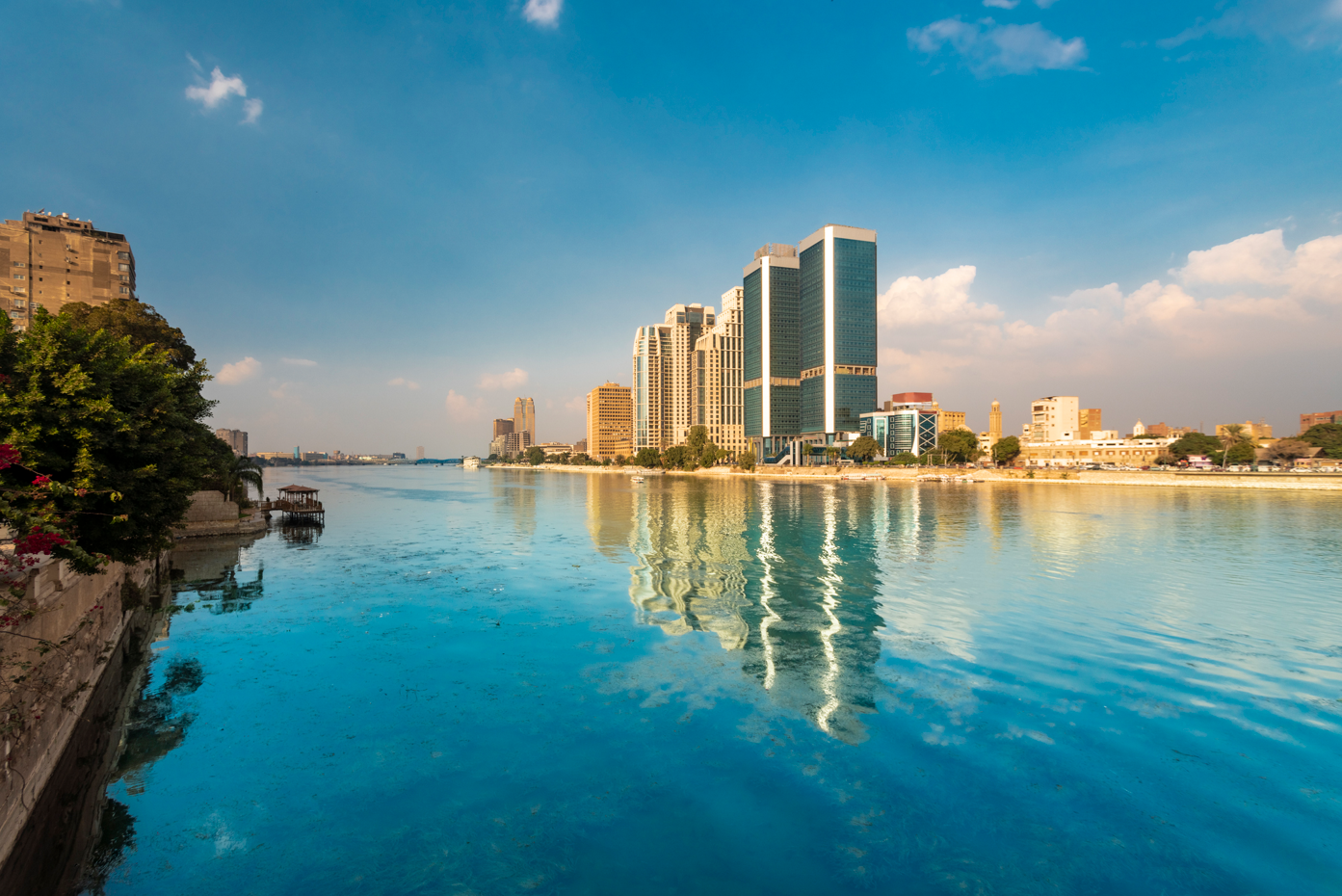Nomura’s chief economist Rob Subbaraman speaks of the triangle of the impossible trinity: a truism that it is only possible to have two out of the three desirables of free capital flows, control of exchange rates and independent monetary policy. If you have free capital flows, as most Asian nations now do, then the choice boils down to controlling the exchange rate or monetary policy.
Dealing with this impossibility, central banks in Asia have tended to try to control exchange rates by burning through FX reserves. They did it in the Asian financial crisis, they’ve done it again this year – most publicly India (reserves down almost $100 billion this year) and Japan (down $54 billion in the month of September, and the number could be similar when the Ministry of Finance releases the October figures).
Subbaraman and others believe Asian central banks are now going to move to something of a middle ground, and that perhaps the spell of burning reserves is coming to an end, to be replaced with what he calls a second line of defence. He has in mind macroprudential measures: regulations, incentives, taxes. An FX swap window for oil marketing firms in India, let’s say; foreign asset liquidation by public pension funds in Japan; or a tax amnesty programme in Indonesia.
Central banks in Asia have tended to try to control exchange rates by burning through FX reserves
Given Asia’s financial crisis history, he thinks its central banks are more adept in using these than any other region, and that they can throw sand in the wheels of irksome capital outflows.
Some places don’t really have a choice. India’s more frontier neighbours, Pakistan and Sri Lanka, have already hit practical limits to their reserves; DBS’s Taimur Baig thinks the Philippines, a major energy importer, is a concern.
But there’s another perspective here. We all quote currencies relative to the dollar, and the dollar has kicked merry hell out of everyone. But what about against one another? That’s a different picture, and central banks might also wonder if it’s really so bad to weaken against the dollar, provided they can have at least some control over the pace of movement.
India is a huge exporter; a weakening currency helps with that. Japan, finally reopened after one of the longest pandemic restrictions of all nations, badly needs tourism; a weak yen is useful there, and provides a competitive edge against China.
Dollar strength, US inflation and a robust Fed response aren’t going away any time soon. But we are surely reaching the end of the period of blindly hurling reserves at the problem in Asia. The next step will need to be more nuanced and tailored to individual circumstances.




